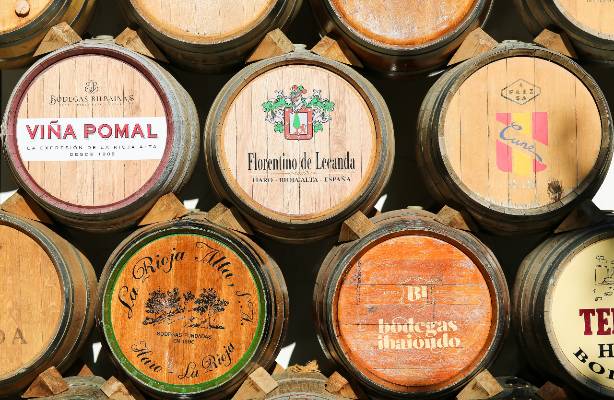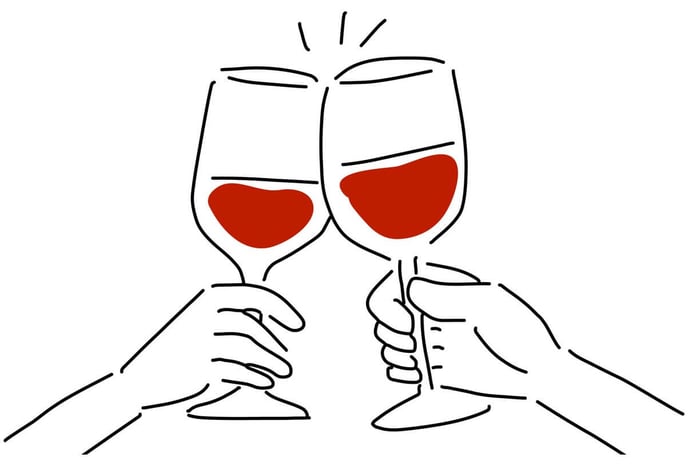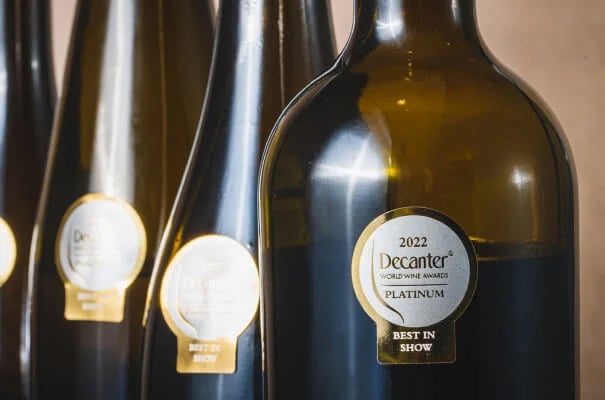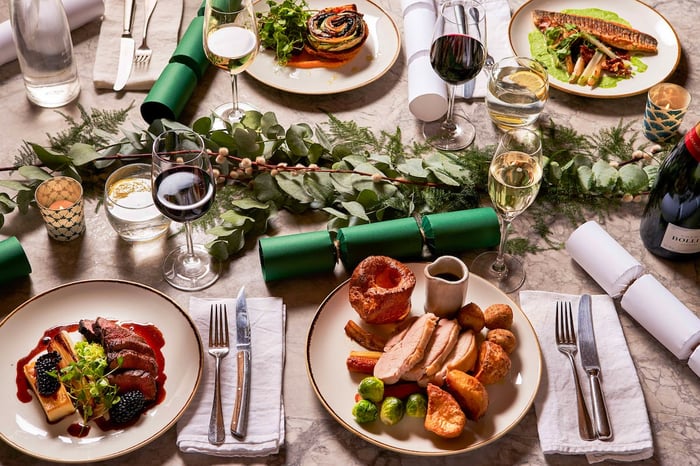
Rioja Wines, A Story of Oak
For years the story of Rioja wines has been inextricably linked to wood, specifically, oak.
It all started in the 18th century when Don Manuel Esteban Quintano Quintano (so good they named him twice) travelled to Bordeaux.
Nobody Expects the Spanish Inquisition
Don Manuel came from a family of winemakers with vineyards in Labastida in Rioja Alavesa. Don Manuel was not sure that he wanted to become a winemaker. Instead, he thought he might follow in his uncles’ footsteps by joining the church (and the Spanish Inquisition – which no one expected).
In 1782 he became a Catholic priest, completing his studies at the commune of Bayonne in Bordeaux, France. Whilst there he discovered the wines of Bordeaux which, unlike Rioja wines, both travelled and aged well.

The vineyards of Rioja are on the route of the popular pilgrimage to el Camino de Santiago. The pilgrimage takes believers to the city of Santiago de Compostela where, it is said, the body of Saint James lies. For thousands of years Pilgrims have sampled the local wines on their way through the region and spread the word about its quality.
Since the Phoenicians had first brought grapes to the region in the 11th century BC wine had been foot trodden and fermented in large underground clay pots.
These primitive methods meant that the wine didn’t travel or age well, it spoiled easily and quickly turned to vinegar.
Bordeaux Does it Better
Back in Bordeaux, Don Manuel set about learning what the Bordelais did differently.
He unearthed several new techniques of which the most important were improved hygiene and aging their wine in large oak barriques. When he returned home, he encouraged his brothers to try these new techniques in the family winery. It took several years of trial and error, but with each vintage the quality and longevity of their wine improved.

In 1790 King Carlos IV granted permission to the Quintano family to export ten barrels to the Americas. The recipients reported that the wine was the best they’d ever received and more orders from South America followed.
The neighbouring winemakers in Rioja looked on with envy. Rather than embrace the new French methods, they created regulations to make aging wine in French barrels unprofitable. The subsequent war with Napoleon in 1808 killed any remaining interest in new French methods.
The Riojan’s continued to make wine the rustic way – and no doubt they would have continued to do so was it not for a Peruvian chap called Luciano Murrieta y García-Ortiz de Lemoine.
Luciano spent much of his early life in London, where he became familiar with the wines of Bordeaux. Later in life he settled in Logroño, Rioja, having followed his good friend Baldomero Espartero, the Duke of Vitoria, out of exile.
Noting that Rioja wines were not as prestigious as those from Bordeaux, Luciano travelled to Bordeaux to discover why. The techniques he discovered were the same as those uncovered by Don Manuel some 80 years earlier: destemming, soft pressing, better hygiene, and most of all ageing in barriques.
Following his trip Luciano purchased hundreds of small oak barrels in which to age his wine. One small difference was that Luciano used cheaper American, rather than French, oak. The result was widely praised. This new style of Rioja shared many characteristics with the wines of Bordeaux – dark fruit, smokiness, and spice. His success inspired other winemakers to follow his example.
Rioja Golden Age
In the second half of the 19th century Rioja entered a golden age.
Powdery mildew struck the vineyards of France in 1847 and exports from Bordeaux were reducing. This decline was further compounded when the phylloxera louse arrived from America in 1862, destroying entire vineyards.
Negociants from Bordeaux rushed to find an alternative wine with which to replace their lost income. Rioja wines were a perfect substitution. The new railway to Haro, Rioja, opened in 1863 making transport to Bordeaux easy.

Rioja had arrived.
Throughout this period Luciano continued to improve the quality of his wines and to share his knowledge with other producers. In 1852 he purchased Castillo Ygay, regarded as one of the finest Rioja houses, and in 1872 King Amadeo made Luciano the Marquis de Murrieta to thank him for his efforts in raising the regions quality and prestige.
But, the good times could not last.
Phylloxera reached Rioja in 1899, it wasn’t as devastating as in France, but by this point the Bordelais had learned to graft vines on American rootstock to overcome the problem, and in the process, they recovered all their lost export markets.
Two world wars, the Spanish Civil war and a 36-year dictatorship meant that consumer interest in Rioja wines remained muted for much of the 20th century. This changed in the 1970s with a superb vintage and a return to democracy.
Many of the “classic” Rioja flavours, such as coconut, vanilla, cocoa, and caramel, are those derived from American oak. We often describe those winemakers using other oaks, such as French oak, or even no oak as making a modern style of Rioja. In fact, these may be even more “classic” as they are closer to the wines made by Don Manuel and his forebears.
There is much to discover from this ancient region, our extensive range of Rioja wines is a good place to start.




